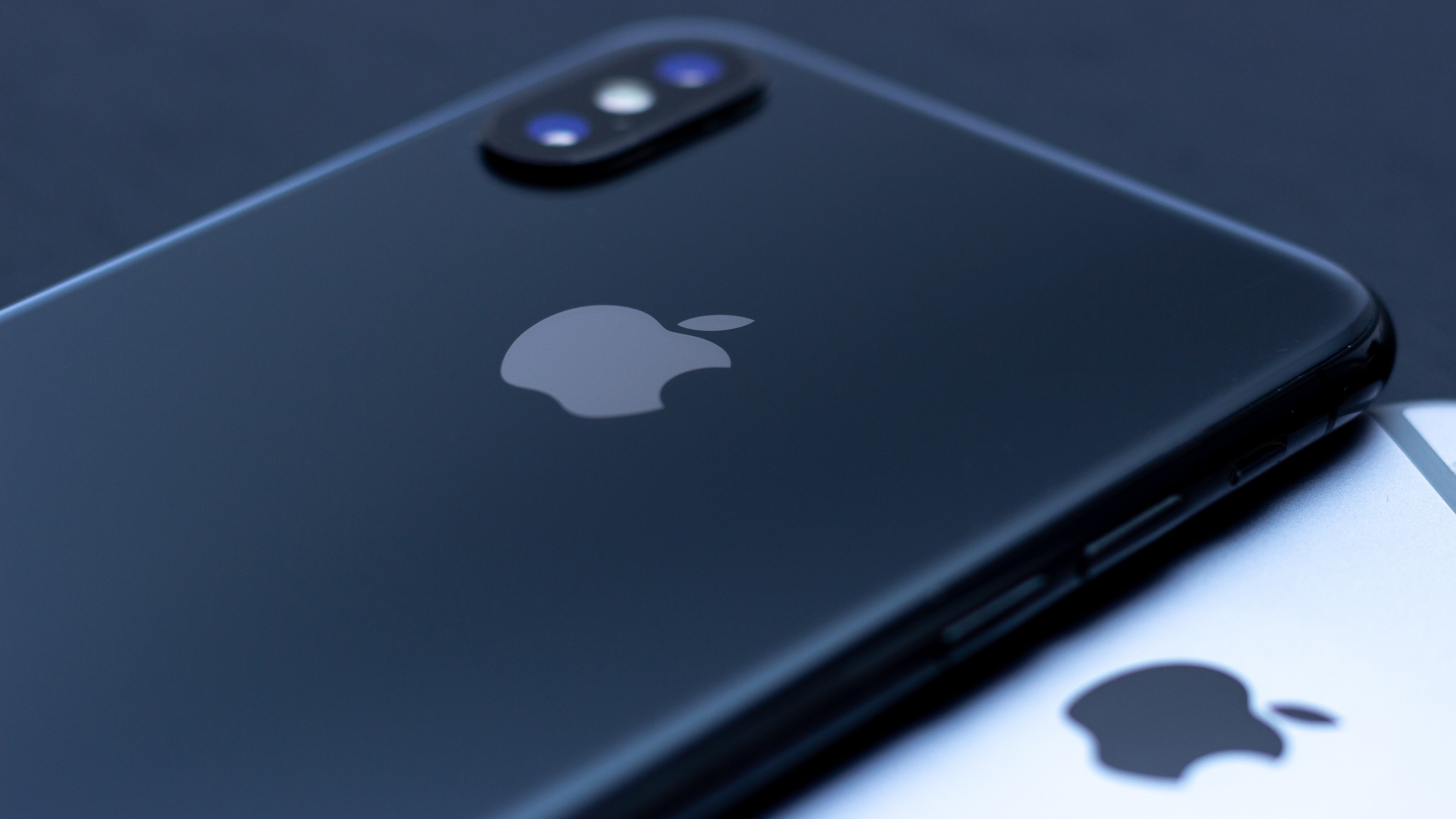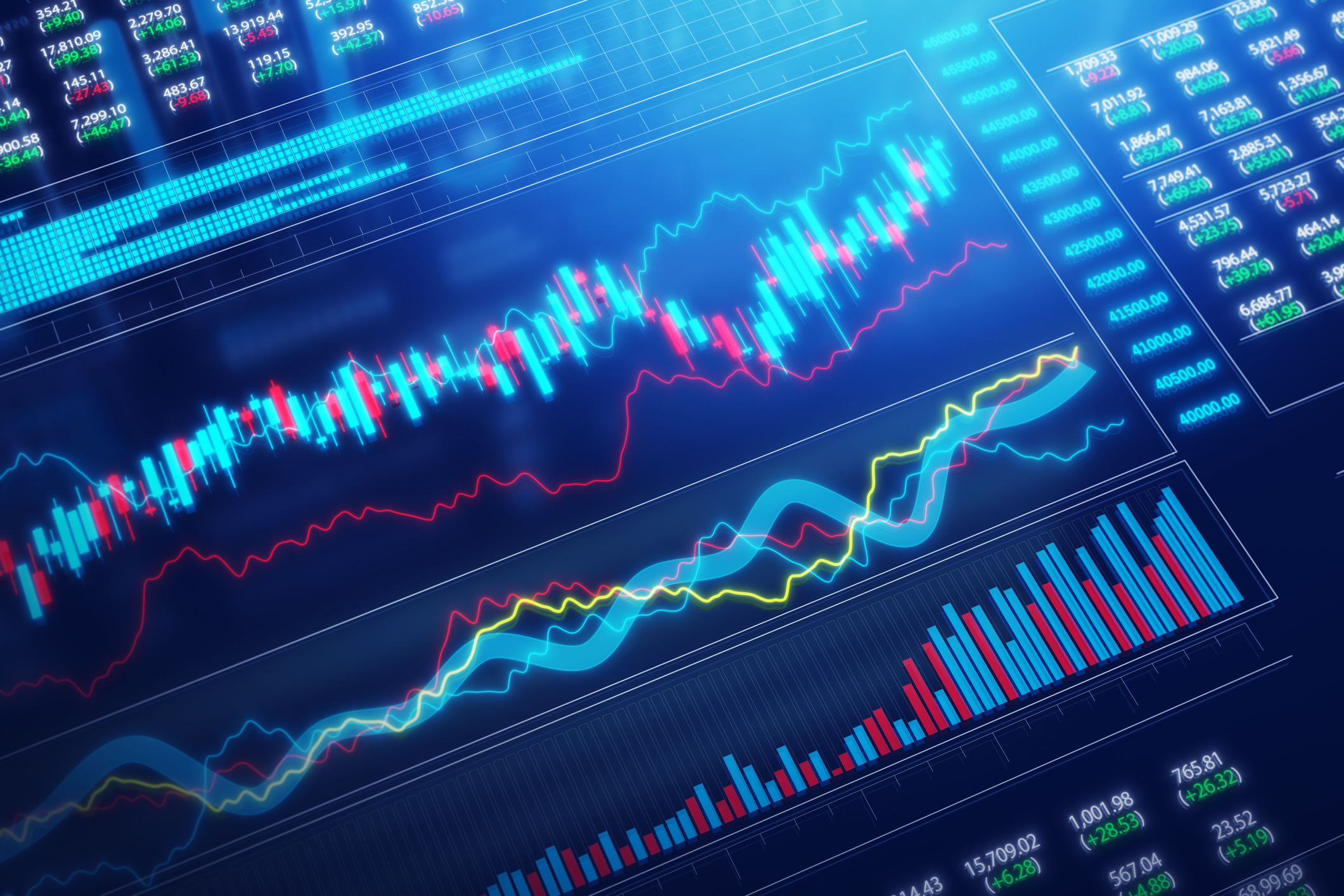Apple’s Stock Split Could Dampen the Dow
iPhone maker Apple (AAPL), currently the most important stock in the blue-chip average, will see its influence decline substantially after a 4-for-1 split.


Apple (AAPL, $384.76) announced during its fiscal third-quarter report that it will undergo a 4-for-1 stock split in late August.
Investors who pushed the stock to fresh all-time highs in the following trading session seemed excited enough. But it’s not exactly great news for the Dow Jones Industrial Average.
That's because the Dow is a rarity in the world of stock market measures.
From just $107.88 $24.99 for Kiplinger Personal Finance
Become a smarter, better informed investor. Subscribe from just $107.88 $24.99, plus get up to 4 Special Issues

Sign up for Kiplinger’s Free Newsletters
Profit and prosper with the best of expert advice on investing, taxes, retirement, personal finance and more - straight to your e-mail.
Profit and prosper with the best of expert advice - straight to your e-mail.
Why Apple’s Stock Split Is a Downer for the Dow
Many indices including the S&P 500 and Nasdaq Composite are market cap-weighted, meaning the larger the company, the greater its representation in the index. But the blue-chip industrial average is price-weighted. As such, the Dow stock with the highest share price has the largest effect on the direction of the average.
Apple, with its $410 sticker price, is the most influential Dow component and has been since it leapfrogged UnitedHealth Group (UNH) in late April. UNH, at No. 2 in the Dow, currently goes for about $300.
Thus, Apple’s stock split won't affect its leadership in the S&P 500 or Nasdaq Composite. In fact, Apple's market value of more than $1.6 trillion makes it the most influential member of those two indices.
But AAPL splitting 4-for-1 means that, for now, Apple will have far less impact on the price-weighted Dow Jones Industrial Average. And that’s discouraging considering that Apple, up 40% year-to-date, has been one of the few bright spots in a dismal year for the industrial average.
The tech-heavy Nasdaq is up a whopping 18% so far this year, helped in no small part by Apple. The S&P 500 is flat, with Apple doing more than its fair share to keep it afloat.
But the Dow is down more than 8%. And it will be harder to make up lost ground after cutting Apple's influence. After AAPL splits and begins trading at around $100 a share, it will be somewhere around the 17th most important member of the average.
To put that in perspective, the split will cut Apple's weighting in the Dow from about 10% to just 2.7%, according to S&P Dow Jones Indices.
Not the First AAPL Split
To be sure, this isn't the first time Apple has carved up its stock. Shareholders have been through this four times already, in 1987, 2000, 2005 and 2014.
The difference this time is that Apple wasn't a component of the Dow back then. (It joined in 2015.)
Traditionally, the idea behind a stock split is to attract investors who might balk at a high share price. But splits have become far less common now that brokerages give customers the option of buying fractional shares. Indeed, a few of the most popular blue chips, including Amazon.com (AMZN) and Google parent Alphabet (GOOGL), have four-digit stock prices.
For the record, each Apple shareholder at the close of business on Aug. 24 will receive three additional shares for every share they hold. Trading will begin on a split-adjusted basis on Aug. 31.
Investors should know that the Apple stock split has little bearing on the prospects for AAPL shares, other than making it a little more accessible to small-dollar investors. But it certainly could dim the outlook for the already beleaguered Dow this year.
Profit and prosper with the best of Kiplinger's advice on investing, taxes, retirement, personal finance and much more. Delivered daily. Enter your email in the box and click Sign Me Up.

Dan Burrows is Kiplinger's senior investing writer, having joined the publication full time in 2016.
A long-time financial journalist, Dan is a veteran of MarketWatch, CBS MoneyWatch, SmartMoney, InvestorPlace, DailyFinance and other tier 1 national publications. He has written for The Wall Street Journal, Bloomberg and Consumer Reports and his stories have appeared in the New York Daily News, the San Jose Mercury News and Investor's Business Daily, among many other outlets. As a senior writer at AOL's DailyFinance, Dan reported market news from the floor of the New York Stock Exchange.
Once upon a time – before his days as a financial reporter and assistant financial editor at legendary fashion trade paper Women's Wear Daily – Dan worked for Spy magazine, scribbled away at Time Inc. and contributed to Maxim magazine back when lad mags were a thing. He's also written for Esquire magazine's Dubious Achievements Awards.
In his current role at Kiplinger, Dan writes about markets and macroeconomics.
Dan holds a bachelor's degree from Oberlin College and a master's degree from Columbia University.
Disclosure: Dan does not trade individual stocks or securities. He is eternally long the U.S equity market, primarily through tax-advantaged accounts.
-
 Stocks Extend Losing Streak After Fed Minutes: Stock Market Today
Stocks Extend Losing Streak After Fed Minutes: Stock Market TodayThe Santa Claus Rally is officially at risk after the S&P 500's third straight loss.
-
 What Bilt Cardholders Need to Know as Wells Fargo Exits the Program
What Bilt Cardholders Need to Know as Wells Fargo Exits the ProgramA major shake-up in the Bilt Rewards program could affect your credit card, rent rewards and points strategy heading into 2026.
-
 3 Major Changes to the Charitable Deduction in 2026
3 Major Changes to the Charitable Deduction in 2026Tax Breaks About 144 million Americans might qualify for the 2026 universal charity deduction, while high earners face new IRS limits. Here's what to know.
-
 Stocks Extend Losing Streak After Fed Minutes: Stock Market Today
Stocks Extend Losing Streak After Fed Minutes: Stock Market TodayThe Santa Claus Rally is officially at risk after the S&P 500's third straight loss.
-
 If You'd Put $1,000 Into 3M Stock 20 Years Ago, Here's What You'd Have Today
If You'd Put $1,000 Into 3M Stock 20 Years Ago, Here's What You'd Have TodayMMM stock has been a pit of despair for truly long-term shareholders.
-
 Santa Claus Rally at Risk as Tech Stocks Slump: Stock Market Today
Santa Claus Rally at Risk as Tech Stocks Slump: Stock Market TodayThe Nasdaq Composite and Dow Jones Industrial Average led today's declines as investors took profits on high-flying tech stocks.
-
 Gold and Silver Shine as Stocks Chop: Stock Market Today
Gold and Silver Shine as Stocks Chop: Stock Market TodayStocks struggled in Friday's low-volume session, but the losses weren't enough to put the Santa Claus Rally at risk.
-
 The Santa Claus Rally Officially Begins: Stock Market Today
The Santa Claus Rally Officially Begins: Stock Market TodayThe Santa Claus Rally is officially on as of Wednesday's closing bell, and initial returns are positive.
-
 'Humbug!' Say Consumers, Despite Hot GDP: Stock Market Today
'Humbug!' Say Consumers, Despite Hot GDP: Stock Market Today"The stock market is not the economy," they say, but both things are up. Yet one survey says people are still feeling down in the middle of this complex season.
-
 Stocks Rise to the Spirit of the Season: Stock Market Today
Stocks Rise to the Spirit of the Season: Stock Market TodayInvestors, traders and speculators are beginning to like the looks of a potential year-end rally.
-
 Nasdaq Leads as Tech Stages Late-Week Comeback: Stock Market Today
Nasdaq Leads as Tech Stages Late-Week Comeback: Stock Market TodayOracle stock boosted the tech sector on Friday after the company became co-owner of TikTok's U.S. operations.